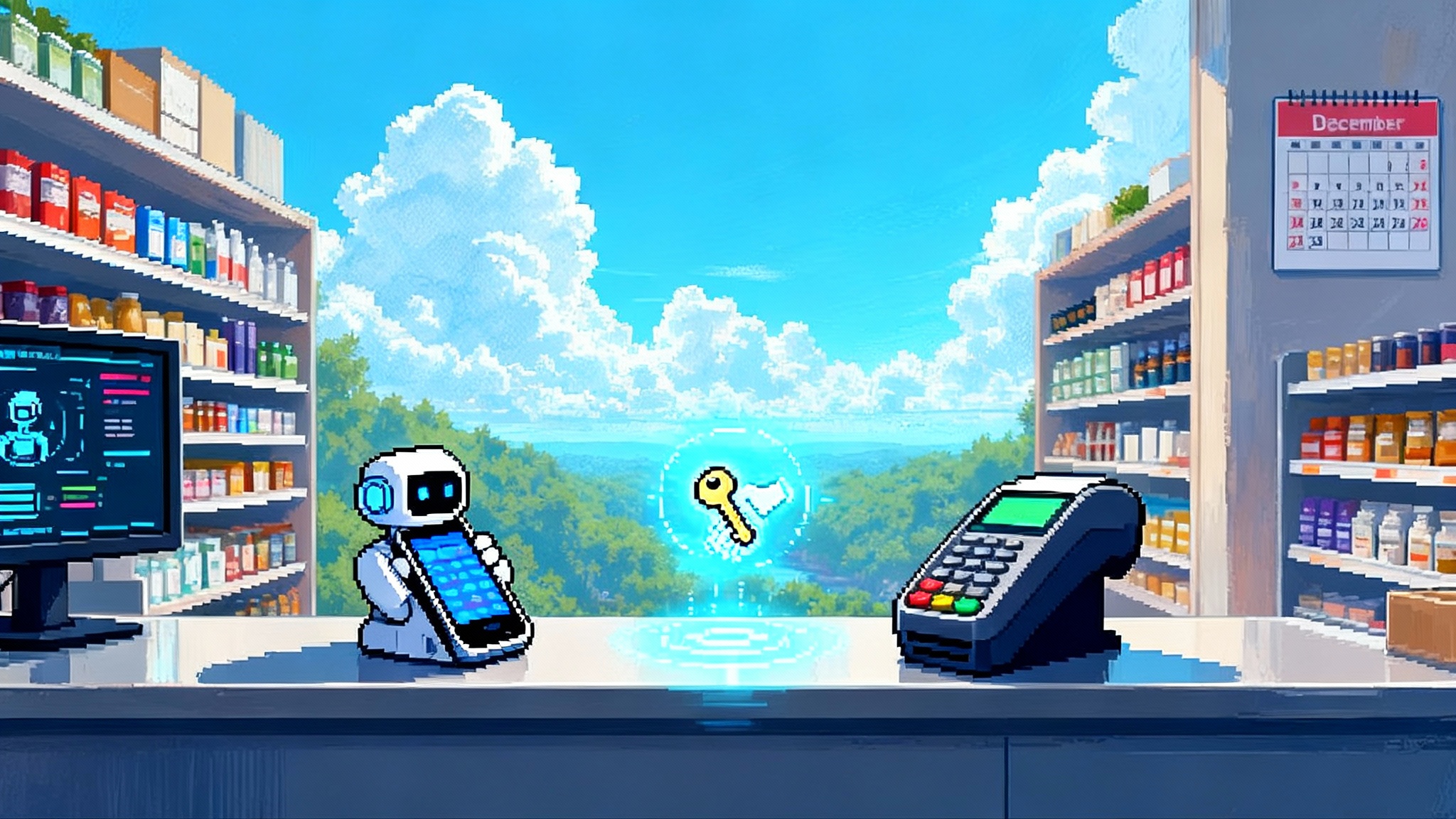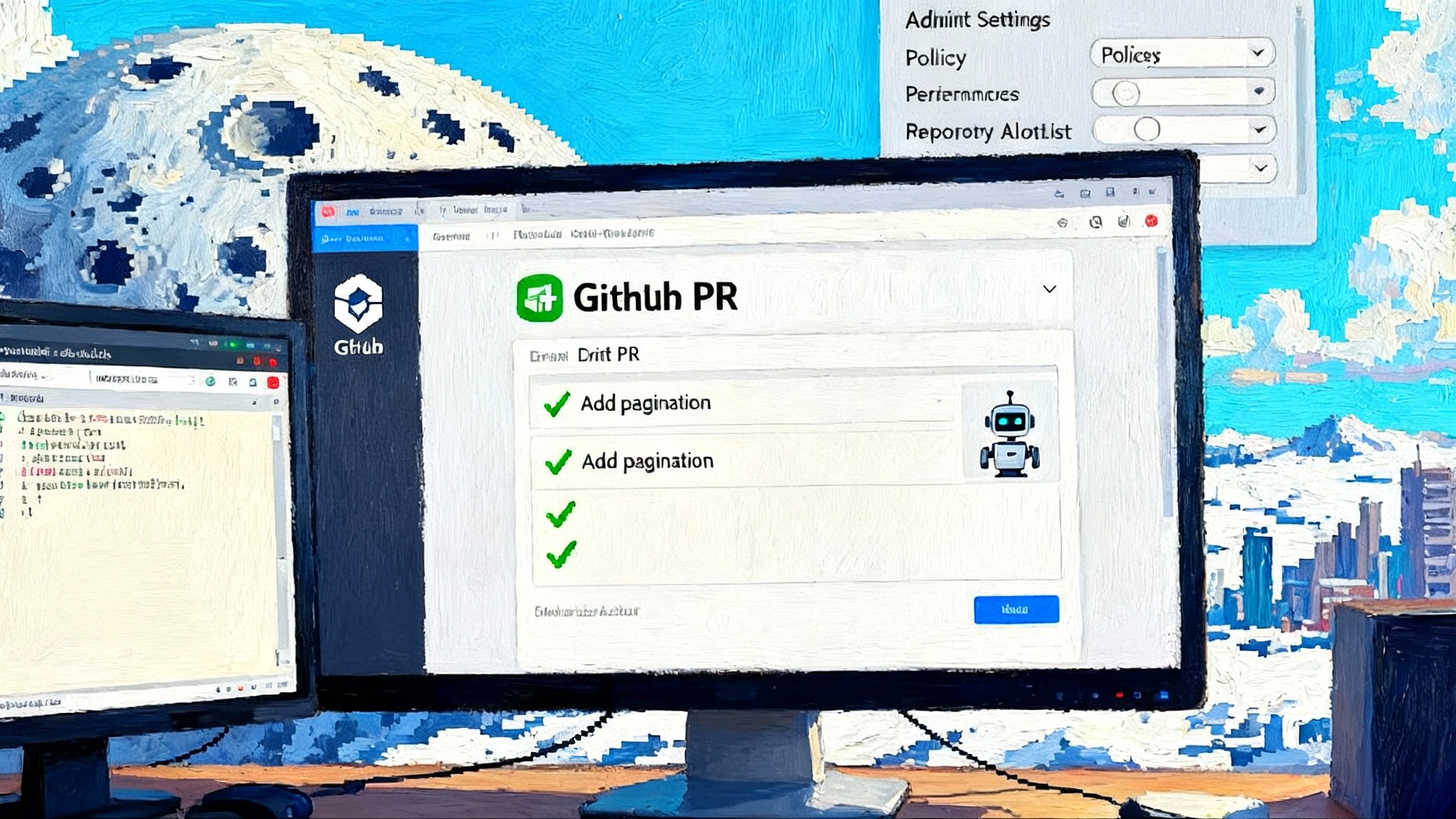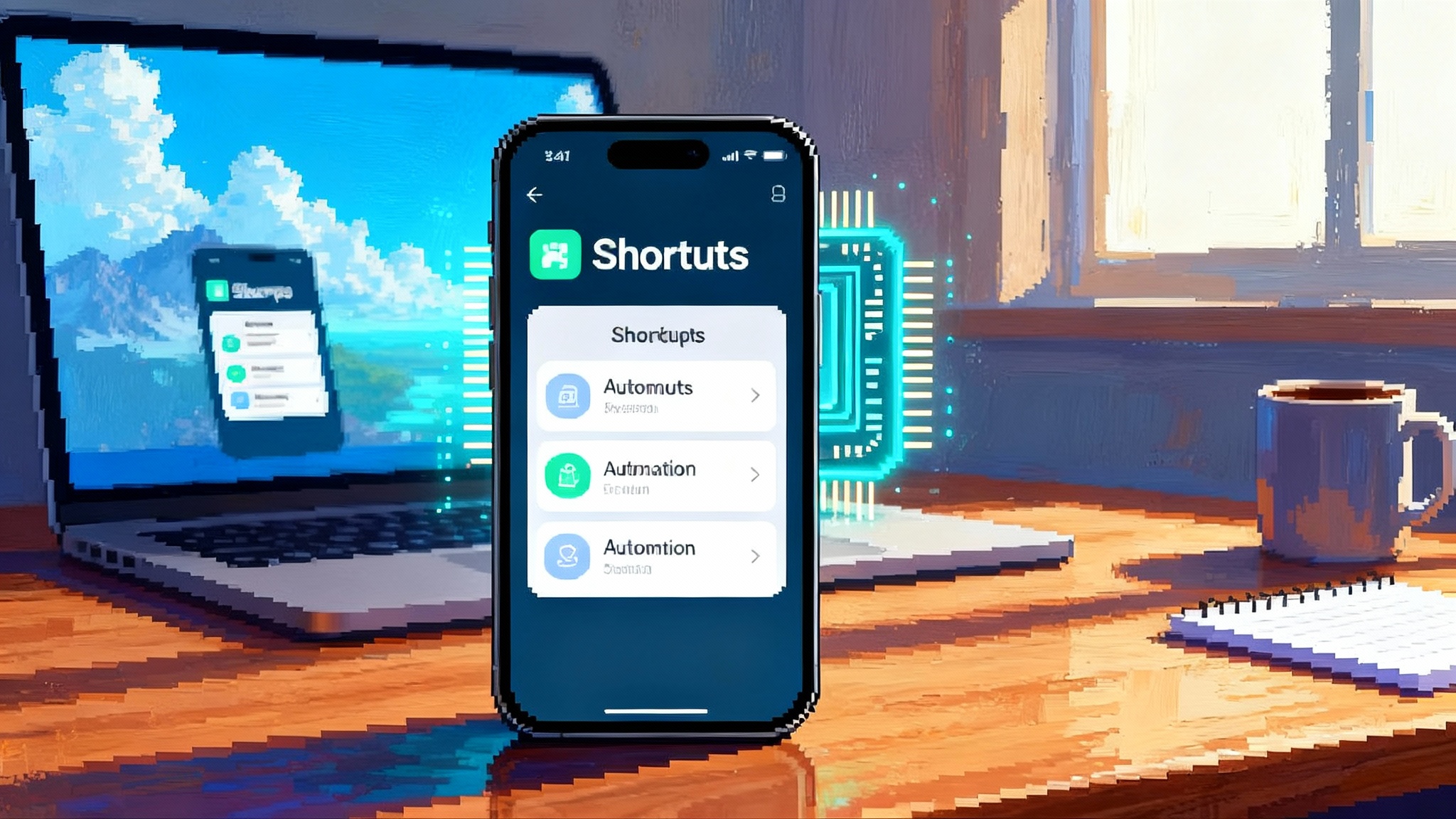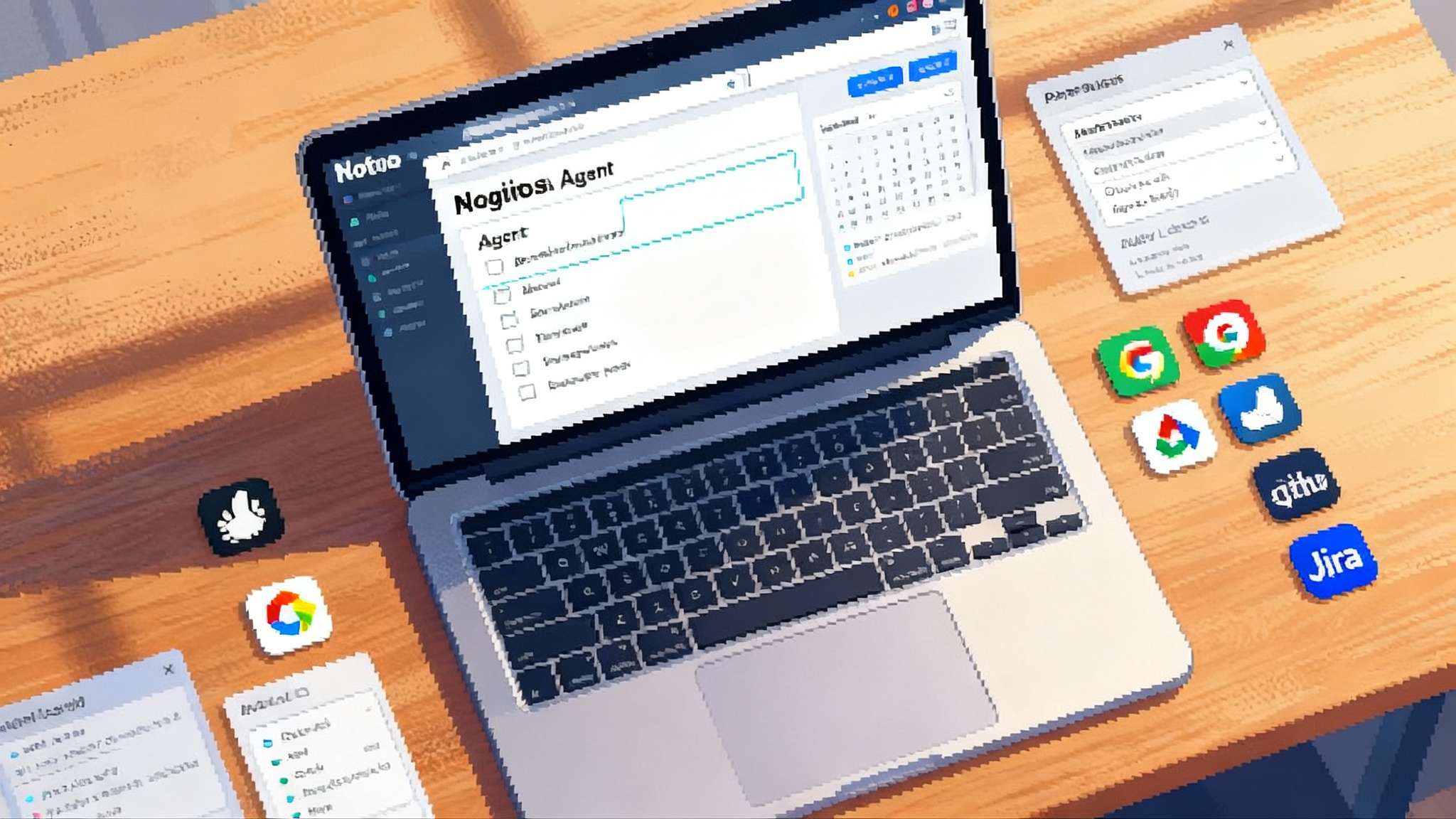Visa’s Trusted Agent Protocol ignites agentic checkout
Visa’s new Trusted Agent Protocol lets merchants verify AI shopping agents at the edge. It promises safer, faster checkout, sharper fraud controls, and loyalty that redeems itself, with payment networks back in the driver’s seat.

Breaking: a trust anchor for AI shoppers hits production
On October 14, 2025, Visa introduced the Trusted Agent Protocol, a new set of rules and signatures that lets a merchant tell the difference between a legitimate AI shopping agent and a random bot. The company says agent traffic to U.S. retail sites has surged and that buyers increasingly want assistants to search, compare, and even pay on their behalf. Trusted Agent Protocol is designed to make those interactions verifiable and safe, and it arrives with ecosystem input from players like Cloudflare, Microsoft, Shopify, Stripe, Worldpay, and others. The release positions Visa as a central coordinator in what many are calling agentic commerce, where software does more than chat, it acts. For the official details, see the Visa announcement and partners. For a broader view of how agents operate across the web, read our take on why the browser is the new API.
Think of it like caller ID for shopping. Until now, merchants have been forced to treat automated traffic as suspicious, which protects them from credential stuffing and scraping but also blocks helpful agents that are trying to buy a sweater or book a flight for a real person. Trusted Agent Protocol gives good agents a way to show their credentials at the door.
Why verifying good agents unlocks real transactions
Ecommerce security tools are excellent at catching bots. That is a feature and a problem. Agents that browse prices, check inventory, and place orders look like automation, because they are. If a bot manager blocks or throttles them, the user’s assistant fails near checkout, which kills conversion and pushes consumers back to manual flows.
A standard like Trusted Agent Protocol solves that chicken and egg problem by introducing three essential signals that ride along with each request:
- Identity of the agent, proven with a cryptographic signature the merchant can verify
- Intent of the agent, for example browsing a specific product or initiating payment
- Recognition of the consumer behind the agent, with consented identifiers the merchant already trusts
With these in place, merchants can say yes to valuable automation while continuing to block unknown or hostile traffic. Standardization matters, because merchants do not want to maintain dozens of bespoke allowlists and special pathways. A single pattern for signing and verifying requests lowers integration cost for sellers, gateways, and acquirers, which is what unlocks scale.
How it works in plain English
Trusted Agent Protocol relies on signed web requests. An approved agent generates a signature for each interaction, and that signature binds together who it is, what it is trying to do, when it is doing it, and where it is doing it. The signature is time bound, tied to the merchant’s domain, and unique to the operation. That makes replay attacks and cross-site abuse much harder.
When a user tells an agent, buy those size 9 trail runners, the agent can present two kinds of information as it approaches the merchant site:
- Agent intent, which clarifies if the request is read-only product discovery or a purchase action
- Consumer recognition, such as a tokenized identifier, loyalty number, or a Payment Account Reference that the merchant can map to an existing customer profile
On receipt, the merchant verifies the signature, checks the intent, and decides what to show. For example, a trusted agent in browse mode might be allowed to load price, stock, and shipping estimates. A trusted agent in pay mode might be allowed to place an order, but only within the consented budget and rules set by the consumer. The merchant can still apply risk checks and step-ups such as one-time passwords or 3D Secure, but it does so with more context about the agent and the user behind it.
For developers, the important detail is that this is not a proprietary tunnel. It layers on top of standard web traffic and established signature formats, so existing infrastructure like web servers, content delivery networks, and bot managers can participate. Visa’s developer documentation explains how to construct and validate these signatures, include intent and recognition data, and scope permissions in a way that merchants can reason about. See the Trusted Agent Protocol docs.
What changes for fraud and risk teams
Fraud teams have been trained to slam the door on anything that looks automated. Trusted Agent Protocol lets them replace a blunt blocklist with a fine-grained trust model. That unlocks a set of operational shifts:
- From generic bot scores to verifiable identities. Risk scoring still matters, but a valid signature from a trusted agent becomes a strong signal that the request is legitimate and consumer initiated.
- From hard blocks to scoped permissions. An agent in browse mode is limited to product data, while an agent in pay mode can move forward with a purchase but only within the constraints encoded in the signed message.
- From opaque traffic to attributable behavior. Because the signature includes key identifiers and timestamps, teams can trace which agent did what, when, and on whose behalf. That improves investigations and post-incident response.
Fraud itself also changes shape. Attackers may try to impersonate known agents or misuse keys, not just steal consumer credentials. That pushes defenders to center their controls on key management, signature validation, replay prevention, and rate limiting for specific agent identities. The good news is that these controls are familiar to security teams that already manage tokens and web signatures.
Loyalty, conversion, and the invisible login
Once a merchant can reliably connect agent requests to a known customer with consent, checkout starts to feel less like a form and more like a prefilled conversation.
- Loyalty programs benefit because a trusted agent can carry the user’s loyalty number and collect points without manual entry.
- Conversion improves because returning customers can be recognized, carts can be restored, and shipping addresses can be validated before the user ever opens a browser tab.
- Personalization becomes more precise because the merchant can respond to browse intent differently from purchase intent. For example, a browse-intent agent might receive richer comparison data, while a pay-intent agent sees simplified offers tailored to the user’s stored preferences.
This aligns with what we explored in agents that can spend, where assistants move from search to settlement.
Critically, this happens without breaking merchant control. The site decides how much access to grant and what additional checks to require. The agent brings context, the merchant stays in charge of the experience.
What builders should implement now
You can adopt Trusted Agent Protocol incrementally. Here is a concrete starter plan for three roles in the ecosystem.
For merchants and product teams:
- Verify signed requests at the edge. Add a verifier to your content delivery network or gateway so that trusted-agent traffic is recognized before it hits application code.
- Encode consented spending rules. Treat budgets, merchant allowlists, and category restrictions as first-class inputs. If the agent says this purchase is capped at 200 dollars and groceries only, enforce it.
- Build reversible flows. Prefer authorize then capture instead of immediate settlement, and keep a cancel window for agent-initiated orders. This makes post-purchase control real for consumers.
- Keep step-ups available. For high-value actions, trigger an extra challenge that the agent can relay to the user, for example a one-time password or biometric confirmation in the agent’s companion app.
- Update bot manager policies. Create an allow policy for verified agent identities and intents. Keep unknown automation blocked. Monitor drop-off between signature verification and checkout complete.
- Prefill with care. Use the consumer recognition object to prefill addresses and loyalty numbers, but let users review before the first agentic order completes.
For agent developers and platform teams:
- Treat keys like cash. Use hardware-backed key storage, rotation, and per-merchant key identifiers. Log signature use and set tight expiration windows.
- Design consent that is specific. Capture merchant scopes, maximum amounts, time windows, and category restrictions in a way users can easily adjust or revoke.
- Rate limit by merchant and role. Browsing should not hammer product pages, and pay actions should be rare and deliberate.
- Build explainability into the flow. Store a human-readable trail of what the agent did, including the merchant domain, items, price, and policy checks.
- Plan for step-up relays. When a merchant requests a challenge, surface it immediately to the user with clear instructions and a single-tap approve or deny control.
For acquirers, gateways, and payment service providers:
- Map agent signals to existing risk controls. Feed verified agent identities into fraud models, chargeback workflows, and network tokenization systems.
- Support Payment Account Reference and network tokens. Make it easy for merchants to connect recognition signals to stored credentials on file.
- Offer analytics for agent traffic. Show pass rates, conversion by intent, and post-purchase outcomes so merchants can tune policies with evidence.
Holiday 2025 is the dress rehearsal
Over the next eight weeks, most consumers will still click buy themselves. Agents will help with discovery, price tracking, and building carts, then hand off for final confirmation. That is the right pattern while the ecosystem calibrates signatures, policies, and user consent.
But that handoff is the point. It gives merchants and providers real traffic to validate signature checks, tune allow policies, and measure fraud and conversion deltas. It also gives agents space to refine consent, spending rules, and recovery experiences.
2026 becomes the first true agentic shopping season
By next year, expect the earliest adopters to let trusted agents complete purchases on their own for repeat items and well-bounded categories. Think pantry restock, prescription refills with proper authorization, or routine parts for small businesses. High-consideration purchases will still involve a human tap to finalize, but the pattern will be familiar: the agent shops, the merchant verifies, the network clears, and the user reviews after the fact.
If that sounds like a step change, it is. The move from chat to action is when latent demand shows up in revenue. Faster, trusted checkout helps merchants reduce abandonment, loyalty redemption happens automatically, and customer service teams handle fewer Where is my order tickets because agents keep better records than hurried humans.
Who owns the chokepoints: payments networks or model vendors
Model vendors build the brains. Payments networks own the pipes, the rules, and the dispute machinery that make commerce safe at scale. Trusted Agent Protocol highlights that difference. The critical gates are not only in the model layer, they sit in the payment and merchant acceptance stack where risk, identity, tokenization, and chargebacks live.
Payment networks and their partners can issue or revoke agent credentials, propagate reputation scores for agents, and align protocols with industry standards. They already coordinate with acquirers, issuers, and merchants across countries, which is why they are well positioned to harmonize how agents are recognized and what happens when things go wrong. That does not diminish the importance of model vendors, who will compete on planning, reasoning, and user experience. It does suggest that the power to grant safe passage will be concentrated in the networks and gateways that already manage trust at checkout.
A useful analogy is email deliverability. You can write the best message in the world, but if large mailbox providers flag your domain, no one sees it. In agentic commerce, payment and acceptance networks are the inbox providers. They decide which signed requests clear quickly, which need more checks, and which get blocked.
Standards, interoperability, and the rest of the stack
The protocol is aligned with established web signature standards and aims to interoperate with other efforts, including identity frameworks and emerging agent-to-merchant schemas. That matters for two reasons.
- It reduces vendor lock-in. Merchants should not have to integrate a new agent tech stack for every brand of assistant.
- It allows layered defenses. You can combine signature verification with device signals, 3D Secure, tokenization, and velocity controls in a predictable way.
Regulation will also shape the user journey. For example, emerging rules like the California chatbot law changes will pressure agents to be more transparent and consent-aware.
The early partner list includes companies across acquiring, cloud security, developer platforms, and commerce infrastructure. That diversity is a sign that the industry expects agents to cross many stacks, not live inside a single app or browser.
A practical checklist to run this year
If you want to participate in the 2025 dry run, pick two or three flows and pilot now.
- Choose one repeatable use case. Pantry restock, subscription renewal, or a low-risk accessory purchase.
- Turn on signature verification. Add support for trusted-agent signatures at the edge and log everything.
- Set narrow consent scopes. Maximum price, allowed categories, and a spend cap per day. Make revocation one tap.
- Enable reversible settlement. Authorize first, capture on delivery confirmation or after a short cooling-off period.
- Prepare an explainable receipt. Save the signature hash, merchant domain, items, price, and consent policy in the order record.
- Measure outcomes. Compare conversion, fraud, and support tickets for agent-led orders versus human-led orders.
Open questions to watch
- Key distribution and governance. Who issues agent keys, who revokes them, and how fast does that information propagate across acquirers and merchants.
- Privacy and profiling. How much consumer recognition data should agents carry, and who gets to store it. Expect pressure to minimize identifiers while preserving useful personalization.
- Fragmentation risk. Multiple agent protocols may emerge. Merchants and providers will prefer a small set of interoperable standards with clear mappings.
- Cost and incentives. If agents lift conversion, who captures the margin, and how are fraud losses shared when an agent goes off script.
The bottom line
Visa’s Trusted Agent Protocol takes the first real swing at a simple question with complex implications. How can a merchant welcome a helpful AI shopper while keeping the door closed to everything else. The answer is a signed, consent-aware conversation between agent and seller that the payments ecosystem can verify at speed.
Treat this holiday season as a systems test, not a spectacle. Wire up signatures, set conservative spending rules, favor reversible flows, and watch the metrics. By 2026, the merchants and platforms that take those steps will be ready to let agents finish the job. The result will not only be faster checkout. It will be a new division of labor between humans and software, with payment networks quietly running the trust rails that make the whole thing feel like magic, without pretending that it is.








